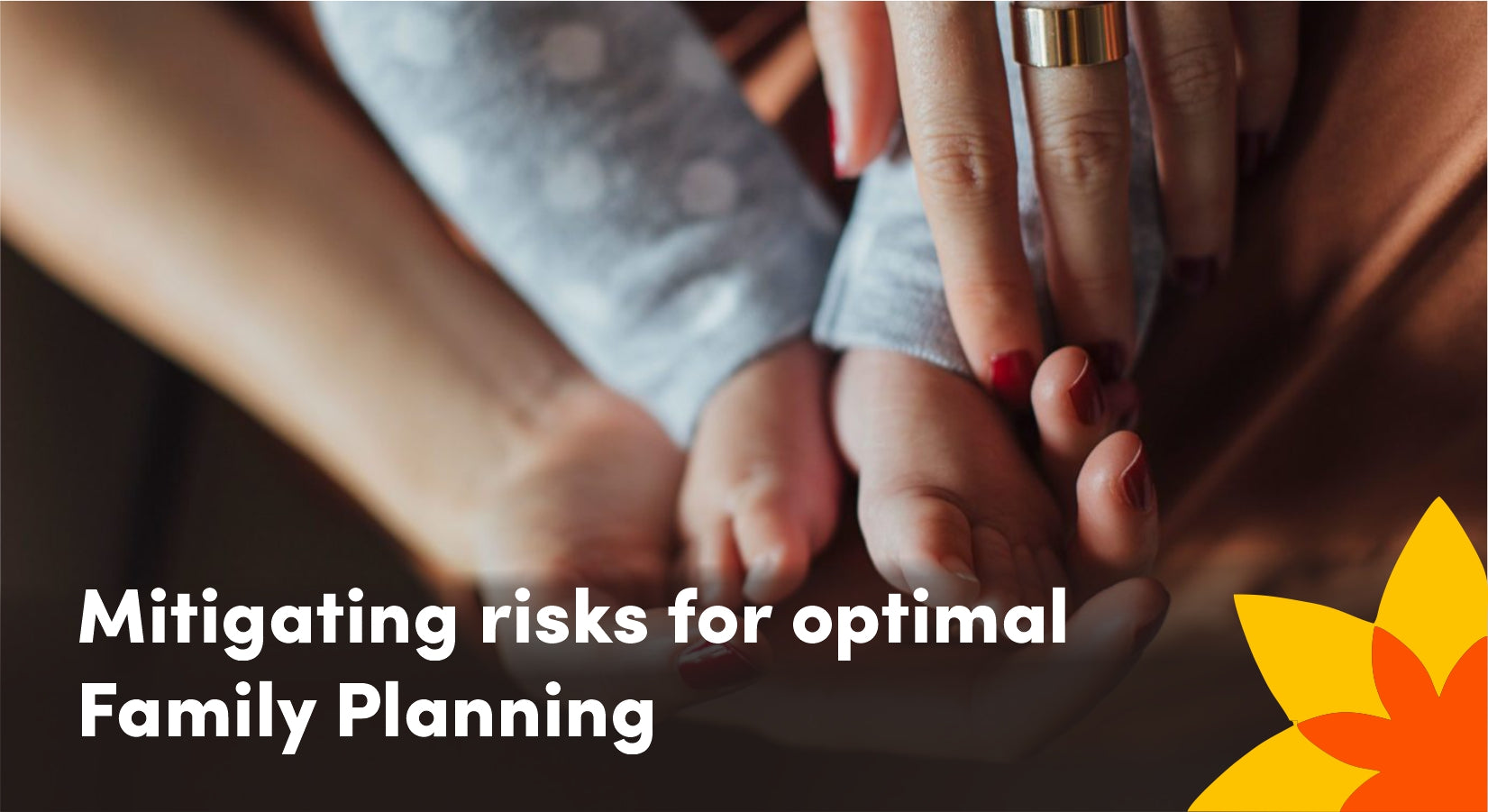As modern society progresses, the importance of family planning and reproductive health has become increasingly recognized. Paradoxically, the discontinuation of family planning among Nigerian women is increasing. According to a study, chief among findings regarding discontinuation of Family Planning products were adverse effects from usage, which indicated that these women acutely needed FP and did not wish to become pregnant at the time of discontinuation. (Richard D. Agbana, 2022)
Birth control methods have since emerged as instrumental tools in empowering women to make informed decisions about their reproductive choices. While birth control offers numerous benefits, it is crucial to thoroughly assess the safety of these methods and identify strategies to mitigate potential risks.
Understanding Birth Control
To grasp the safety considerations associated with birth control, it is essential to understand the diverse range of options available. These methods can be categorized into hormonal methods (such as oral contraceptives, patches, injections, and implants) and non-hormonal methods (such as intrauterine devices, barrier methods, and fertility awareness-based methods). Each method possesses varying efficacy rates, side effects, and risks, which must be carefully evaluated. For example, younger women are often less tolerant of side effects than older women. With counseling, however, they will know what to expect and may be less likely to stop using their methods. (The 2022 edition of Family Planning: A Global Handbook for Providers, 2022)
Hormonal birth control methods, which regulate reproductive hormones, have proven to be highly effective in preventing unintended pregnancies. However, they also carry specific risks that demand attention. These risks include an increased likelihood of blood clots and potential impacts on mood and mental health. Research has shown that the risk of these adverse effects varies depending on factors such as age, pre-existing health conditions, and lifestyle choices. (Sampson, 2023)
Non-hormonal birth control methods, such as copper intrauterine devices (IUDs) and barrier methods like condoms, offer alternative options with fewer hormonal side effects. However, non-hormonal methods may come with certain risks, such as allergic reactions, discomfort, and the potential for contraceptive failure due to inconsistent use or improper application.
Mitigating Risks Associated with Birth Control
A crucial step to mitigating the risks of birth control is adopting a personalized approach. Women must consult with healthcare professionals such as gynecologists or family planning specialists who can help identify the most suitable method based on their medical history, lifestyle, and personal preferences. By considering individual factors, healthcare providers can assess and minimize potential risks.
Regular Monitoring and Follow-up
Regular monitoring and follow-up appointments are also important in ensuring the safety of women using birth control methods. This allows healthcare professionals to assess any emerging side effects, address concerns, and make necessary adjustments. Routine check-ups enable early detection and intervention, reducing the likelihood of complications or adverse effects.
Promoting Education and Awareness
Enhancing education and awareness among women regarding birth control methods and their potential risks is vital. Empowering women to make informed decisions by providing comprehensive and accurate information can help them navigate the complexities of birth control, understand the associated risks, and make choices that align with their individual needs and preferences. Access to information should be made readily available in all mediums, languages and formats to ease absorption for interested parties.
Advocacy & Ongoing Research
Open communication between healthcare providers and women is a fundamental aspect of mitigating risks. Encouraging women to openly discuss their concerns, potential side effects, and experiences allows for a collaborative approach towards addressing any issues and exploring any alternative methods where necessary. By fostering a supportive environment, women are more likely to actively engage in their reproductive health, thus improving overall safety.
To further enhance the safety of birth control methods, continuous research and development efforts are imperative. By investing in scientific studies, healthcare professionals can refine existing methods, identify potential risks and/or hazards, and develop innovative approaches to mitigate those already discovered risks. Collaborations between researchers, pharmaceutical companies, developmental organizations, and regulatory bodies play a vital role in ensuring the safety of birth control options.
The safety of birth control for women is an ongoing topic that demands comprehensive understanding and nuanced perspectives. Through further research, healthcare providers are better able to evaluate the risks associated with different birth control methods and employ strategies to mitigate those risks, so that women everywhere can confidently make informed decisions about their reproductive health choices.
The Epharma4FP project led by the Society for Family Health is focused on optimizing family planning service provision through e-pharmacy systems.
To speak with a licensed healthcare representative, click here
To shop for contraceptive options online click here
 +2347074588745
+2347074588745

